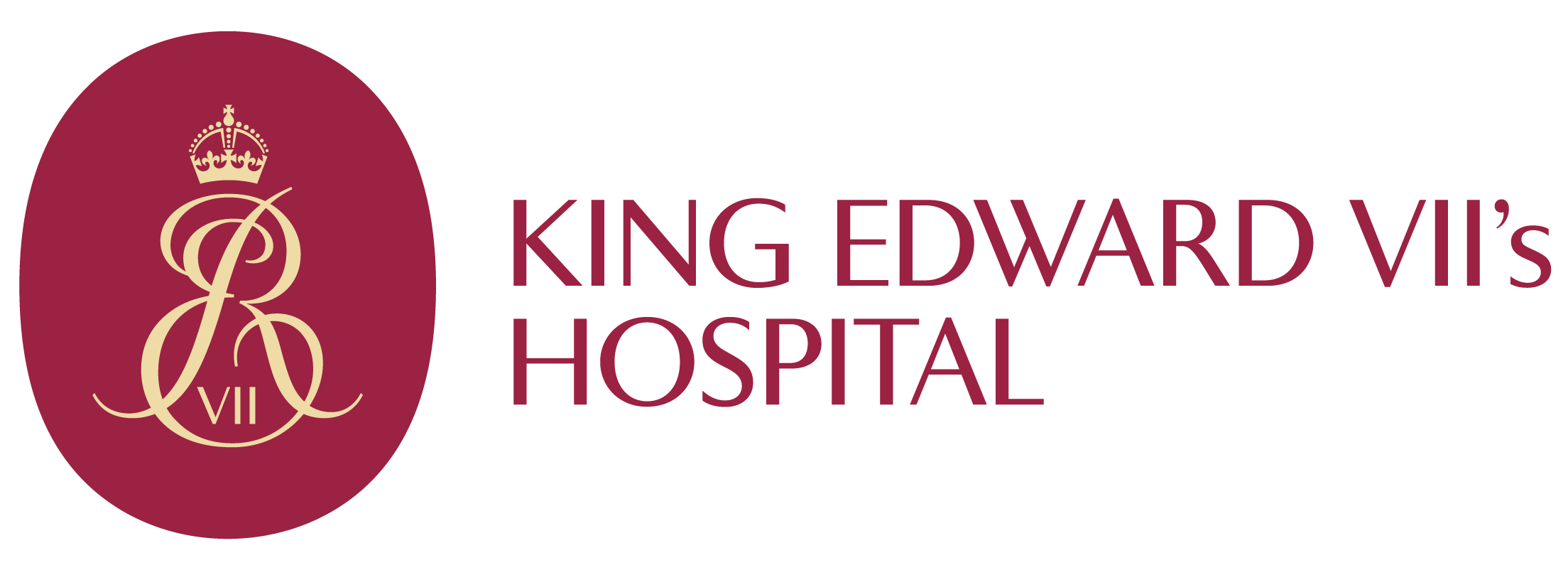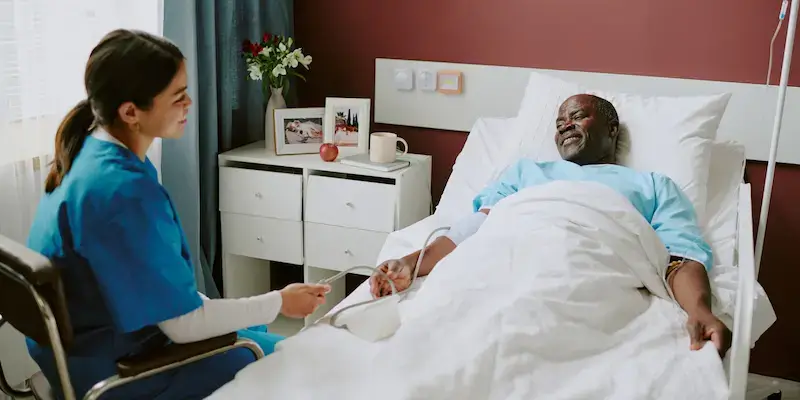Home >
Robotic assisted laparoscopic prostatectomy (RALP)
Get rapid access to our leading specialists.
A robotic-assisted laparoscopic prostatectomy or RALP for short is an operation where the prostate gland is removed using a surgical robot, known as a da Vinci xi© robot.
Learn more about RALP at King Edward VII’s Hospital
The robot allows the surgeon to remove the prostate laparoscopically (through key hole cuts, rather than large incisions) with the robot providing extra dexterity and precision for the surgeon.
Why would I need a robotic-assisted prostatectomy (RALP)?
A robotic-assisted prostatectomy is performed to treat men with localised prostate cancer (meaning that the cancer that has not spread to other parts of your body). Prior to the availability of the da Vinci xi© robot, men with prostate cancer electing to have surgical removal of the prostate would undergo an open prostatectomy where a large lower abdominal incision was made to access the prostate. Today, few men undergo this type of operation in the UK, instead the majority have their surgery utilising the robotic platform.
When should you speak to your specialist about a robotic-assisted prostatectomy (RALP)?
If you have been diagnosed with prostate cancer, you might want to discuss with your specialist the possibility of having a robotic-assisted prostatectomy as it is one of the most common methods of treating men with prostate cancer.
How is a robotic-assisted prostatectomy (RALP) performed?
A robotic-assisted prostatectomy performed takes approximately 2-3 hours and is performed under a general anaesthetic. Often patients will also have a spinal anaesthetic in addition to the general anaesthetic to maximise analgesia (pain relief) after the operation.
During the operation surgeons make 6 very small incisions in the skin of the patient’s abdomen through which the instruments of the da Vinci xi© robot are able to gain access to the prostate. The robot has 4 arms, one of these arms holds a camera which enables the surgeon to see the inside of the abdomen, while the other arms hold the instruments that the surgeon controls to actually carry out the procedure.
What is the recovery for a robotic-assisted prostatectomy (RALP)?
The recovery from a robotic-assisted prostatectomy can depend on a variety of factors, and you should discuss this with your surgeon.
You will generally need to take at least a few weeks off of work after your procedure, and you should avoid doing strenuous activities for up to a month.
You and your surgeon will discuss your plan for recovery prior to your robotic-assisted prostatectomy.
Are there any risks/side effects/complications associated with a robotic-assisted prostatectomy (RALP)?
As with any medical procedure, it is possible for risks or complications to arise. It is best that you speak with your urologist or surgeon about how best to avoid any adverse reactions.
There are some common side effects that can occur after robotic-assisted prostatectomy and these side effects are common to all radical prostate cancer therapies.
These include issues with urinary control (urinary incontinence) and problems with sexual function (erectile dysfunction). Evidence suggests that these problems are less if the robotic-assisted laparoscopic prostatectomy is performed by a high volume surgeon. Your surgeon will be able to discuss these issues in more detail.
How can I prepare for a robotic-assisted prostatectomy (RALP)?
Prior to your robotic-assisted prostatectomy, you should discuss the preparations you should make with your surgeon, as they can vary depending on the person.
Are there alternatives for a robotic-assisted prostatectomy (RALP)?
There are alternative treatments you might undergo rather than a robotic-assisted prostatectomy, including:
- Active surveillance – foregoing immediate treatment and doing regular observation of the prostate to see how the cancer is progressing
- Radiotherapy
- Brachytherapy
- Hormone therapy
- Focal therapy
It is important to discuss your options with your consultant to discuss which of these options are suitable for you grade and stage of prostate cancer.
Need further help or advice?
Contact our team for enquiries or information.
If you need to contact us in any other way, please go to

